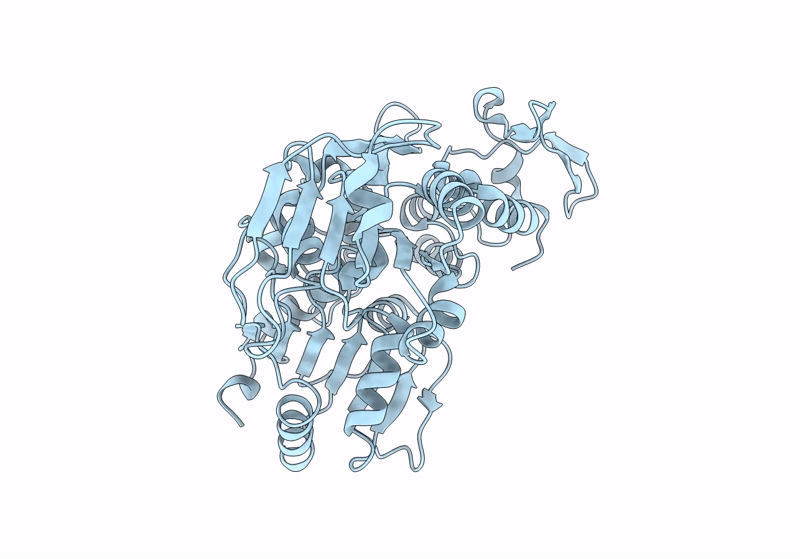
Deposition Date
2023-05-29
Release Date
2024-03-06
Last Version Date
2025-05-28
Entry Detail
PDB ID:
8JIX
Keywords:
Title:
Crystal structure of the Bagaza virus helicase and structure-based discovery of a novel inhibitor
Biological Source:
Source Organism:
Bagaza virus (Taxon ID: 64290)
Host Organism:
Method Details:
Experimental Method:
Resolution:
1.71 Å
R-Value Free:
0.20
R-Value Work:
0.18
Space Group:
P 21 21 21


